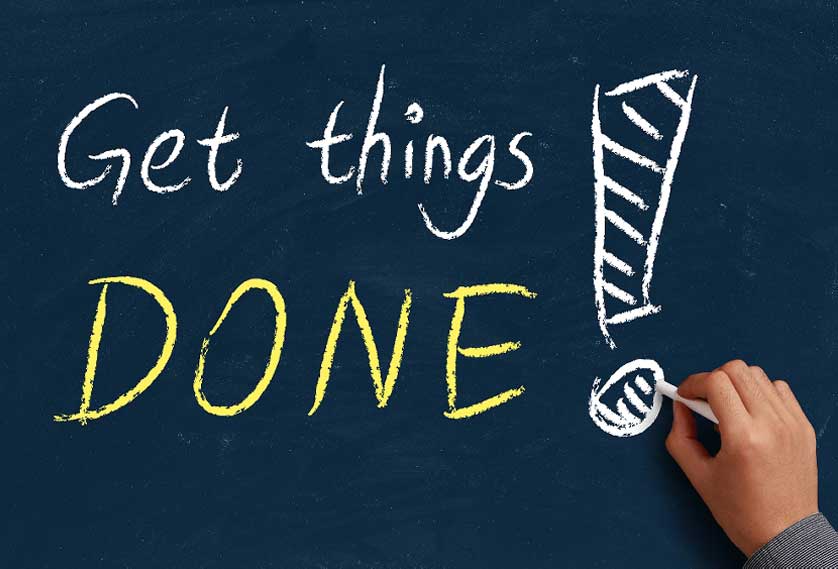
By: Kabir Sehgal
When I need to get something done in a hurry, I use three time management tactics to maximize my available time and sharpen my focus. For instance, when I returned home last year from my active duty military deployment, I had to quickly readjust to my corporate job and get up to speed with team priorities and deadlines. Meanwhile, my side hustle as a professional music producer was calling. I had limited time to record my next project, a jazz opera about the European financial crisis, or I risked having to wait several months to find a date that worked for the musicians and studio.
In just two months I drove meaningful revenue for my corporation as well as successfully recorded 25 musicians and singers. Here is how I did it:
Go On a News Diet
On November 9th I turned off the CNN feed on my computer; blocked news websites on my laptop and mobile phone; deleted the Facebook, Twitter, LinkedIn apps on my phone; evaded all newsstands on my walk to work; and avoided all conversations about current events. I was on a full-fledged news diet. I had to focus intensely on my opera recording on which I was playing the bass, and I hadn’t practiced my instrument in almost a year.
I calculated that I spent at least two hours a day consuming news media. That is 16 hours per week, or 64 per month — plenty of time to practice an instrument. I used my newfound time to bloody my fingers on the double bass so that the calluses would form in time for me to be in shape for the recording; developed parts and pieces for the opera; and reviewed and improved the libretto and score. And yes, the recording turned out beautifully, and my fingers healed too.
While I believe an informed citizenry is essential to a functioning democracy, opting out of the news cycle for short durations can help you find enough time to write a book or arrange an opera. By not reading the news, you can concentrate on producing items that will make the news many years from now.
Make Your Phone less Appealing
Even after I opted out of the news, I was still checking my phone for missed calls, emails, and text messages. In the middle of client meetings, I would sneak a peek at my phone to see whether I had received any communications. Being addicted to my phone made me less present in these meetings, which jeopardized my ability to think critically about the work we were doing.
I broke away from my mobile phone by putting it in gray scale mode (here’s how to do this for Android and iOS). When I switched my phone from color to black and white, it was like I had turned a mental switch: I wasn’t attracted to my phone anymore. It looked obsolete and less vibrant, like a remnant of an early episode of The Andy Griffith Show. Over time, I stopped compulsively checking my phone, which let me concentrate my attention on serving my clients and thinking of how to unlock additional revenue.
Delay Your Emails
By delay-sending your emails, you set the tempo on your communications and don’t get sucked into the back-and-forth of an immediate conversation. Before I went into the recording studio, I wrote a few dozen emails and spaced them out over several days, so that they would reach the recipient at the appropriate time. For example, I scheduled a weekly team report to deliver on Wednesday evening, when I was recording the background music to an opera aria.
You can control when and how often you receive emails by scheduling when you want your email to be delivered (here’s how to do this in Microsoft Outlook). Your inbox is other people’s to-do list for you; don’t let other people’s to-dos distract you at all hours. If someone really needs to reach you right away, they should be using a different method of communication.
With these three extreme time-saving tactics, you will find plenty of time to take on and finish another important project — and perhaps even earn a curtain call! Since meeting my objectives, I’ve resumed using my phone in color mode so I can more fully enjoy messaging with friends. And though I enjoyed my news diet, I’ve started to read some of the headlines again. As for delay-sending email messages, I’ve made it an evergreen practice because I’ve found it so useful to how I manage and allocate my available time.


